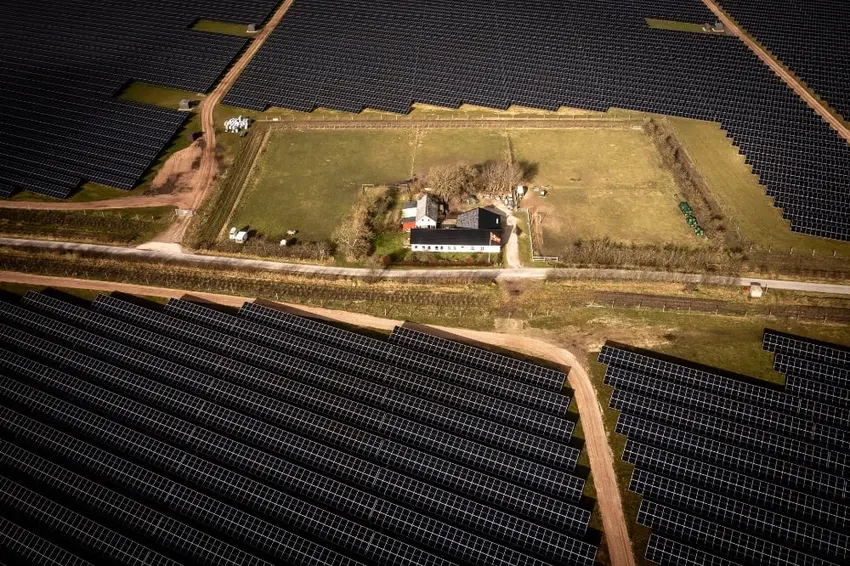A high number of sunny days in May gave Danish energy company Norlys a record number of hours in which its energy prices were negative, the company said on Monday.
Last month saw a total of 75 and 59 hours of ‘negative’ electricity prices in the western and eastern halves of Denmark respectively, Norlys said in a press release.
Unfortunately, a ‘negative’ price doesn’t mean you will be paid for switching the lights on, because taxes and transport costs must still be added to the base price.
Specifically, the total price paid by customers can include (in addition to the base rate) state tariffs, subscriptions, one-off charges, VAT and payments to the local energy grid.
Tariffs, like the cost of raw electricity, can also fluctuate from hour to hour. This depends on the tariff model used by individual companies.
But lower electricity prices can be taken advantage of by setting timers on thirsty appliances like dishwashers and tumble dryers and running them at these times. This can include off-peak times of the day when there is less demand for power, as well as fluctuations related to production.
The total of 134 hours across Denmark in which customers receive a discount due to the negative ‘raw’ energy price is a record for a single month, Norlys said.
“We know that many of our customers follow electricity prices closely and the trend in May also underlines that there is a very good reason for this,” Norlys director for energy sales Mads Brøgger said in the statement.
“It’s good for your wallet and the green transition alike if you can plan your consumption for the hours in which there is a lot of sun and wind, making the electricity price low,” he said.
May’s high frequency of negative base electricity rates can be attributed to the pleasant spring weather, which provided both wind and sun to the energy system in Denmark.
Meanwhile, Denmark’s electricity infrastructure has become more closely connected to other parts of Europe, notably Germany and The Netherlands. Both countries have increased their solar power capacity in recent years.
“It benefits us to have many sunshine hours, as was the case in May. Meanwhile, energy consumption was low in May because it was warm enough not to need electricity for heating, but not hot enough to need it for cooling. So there was a sweet spot in many ways,” Brøgger said.
The trend of low electricity prices has so far continued into June, with negative base rates occurring on Sunday for a number of hours in both the eastern and western parts of the country.



